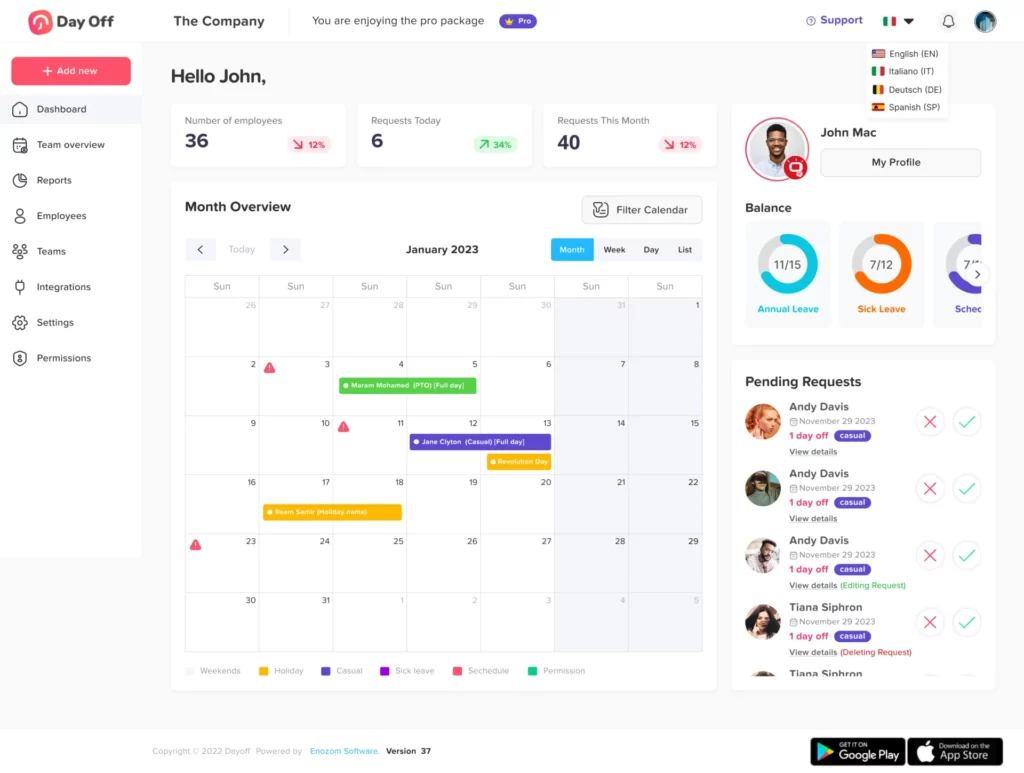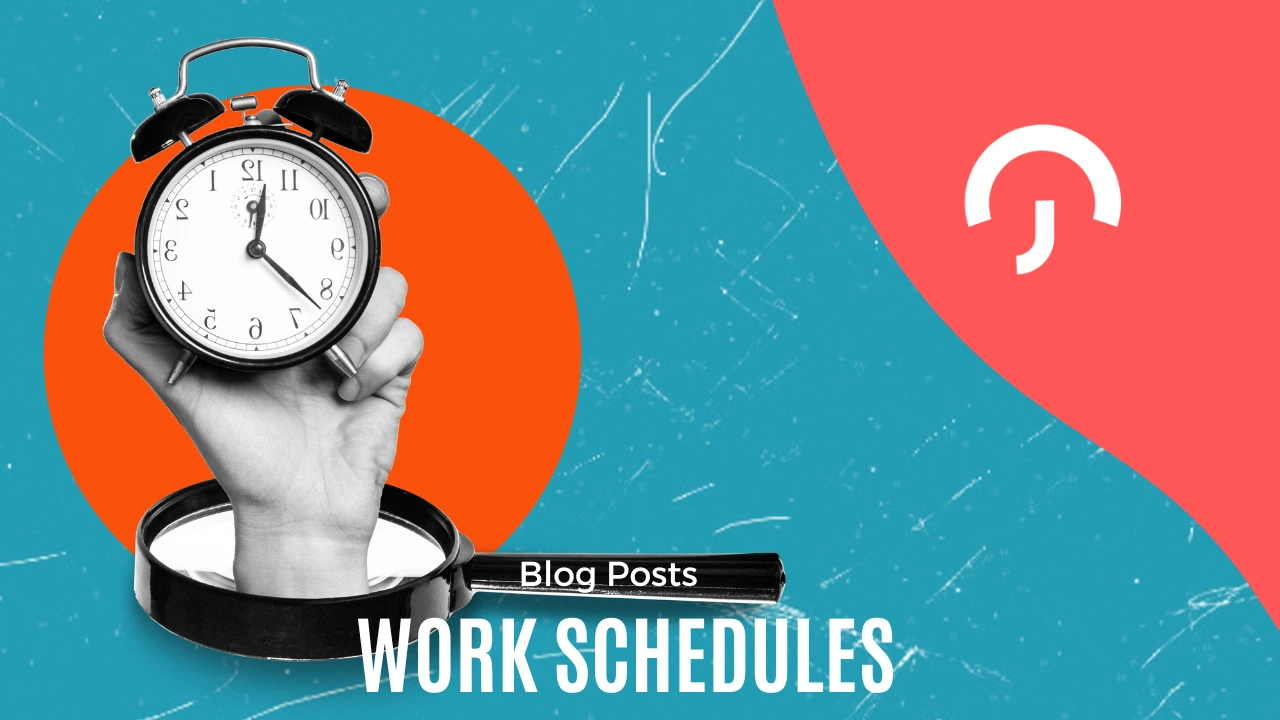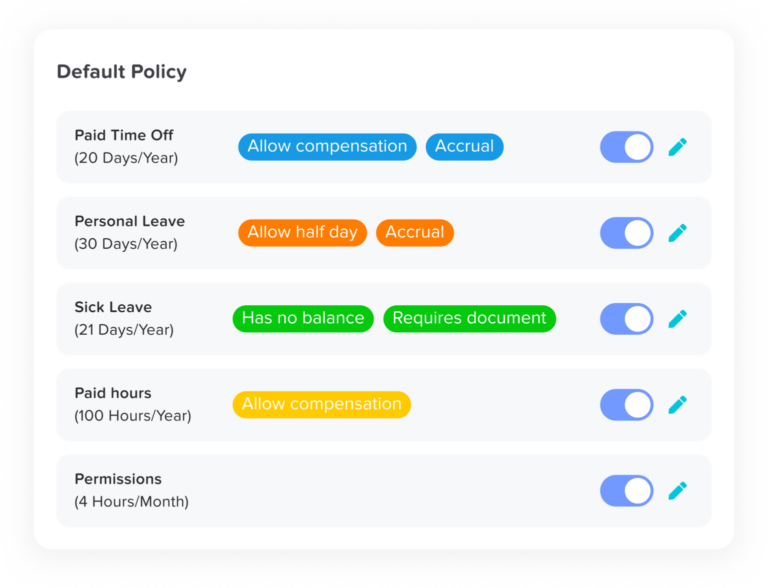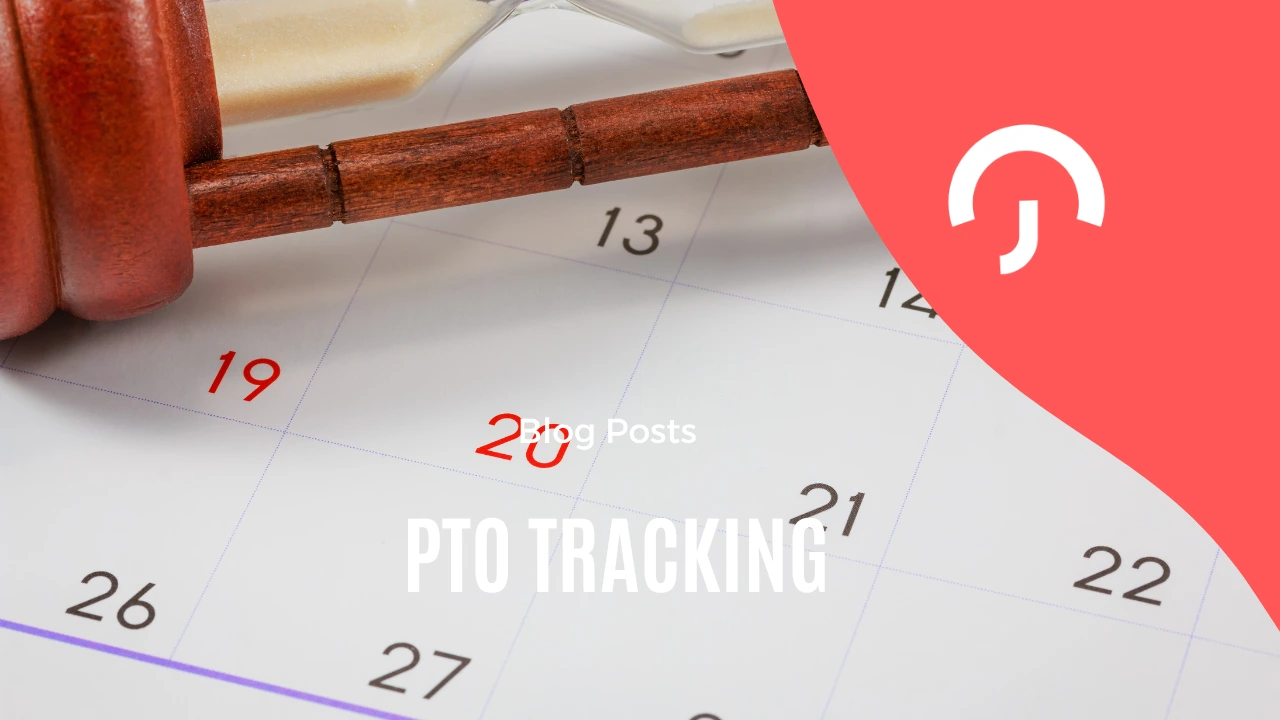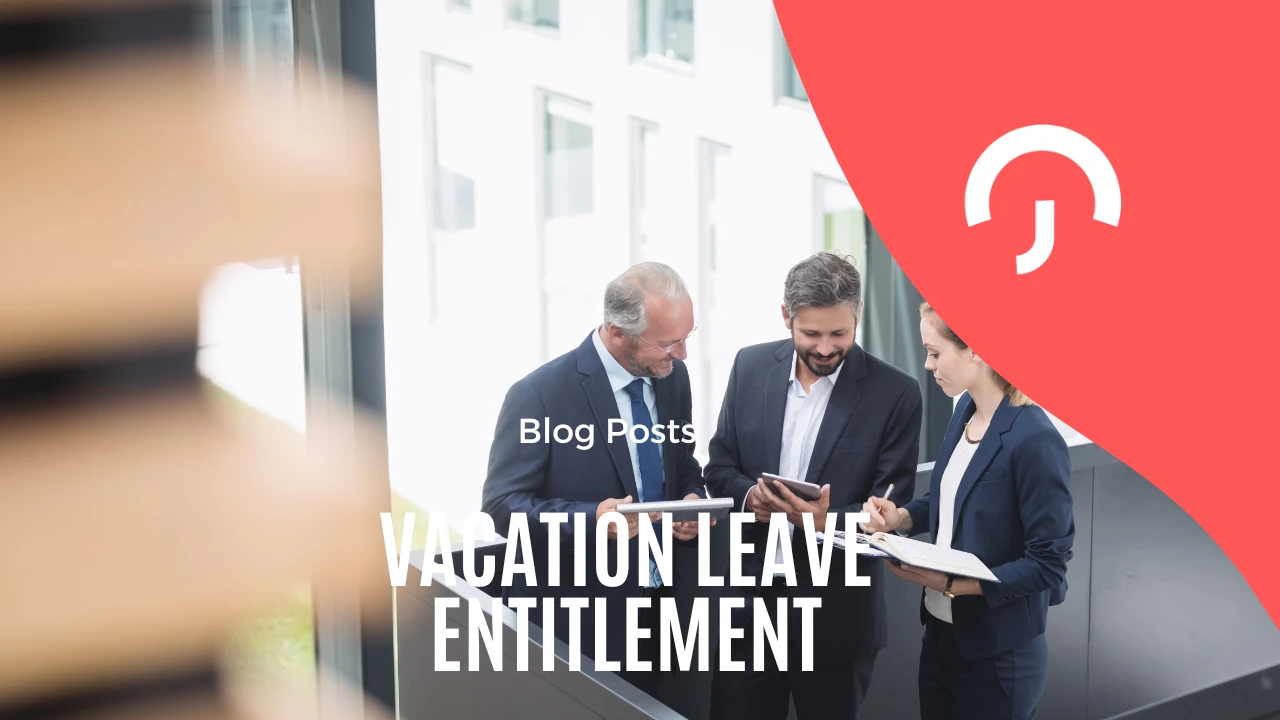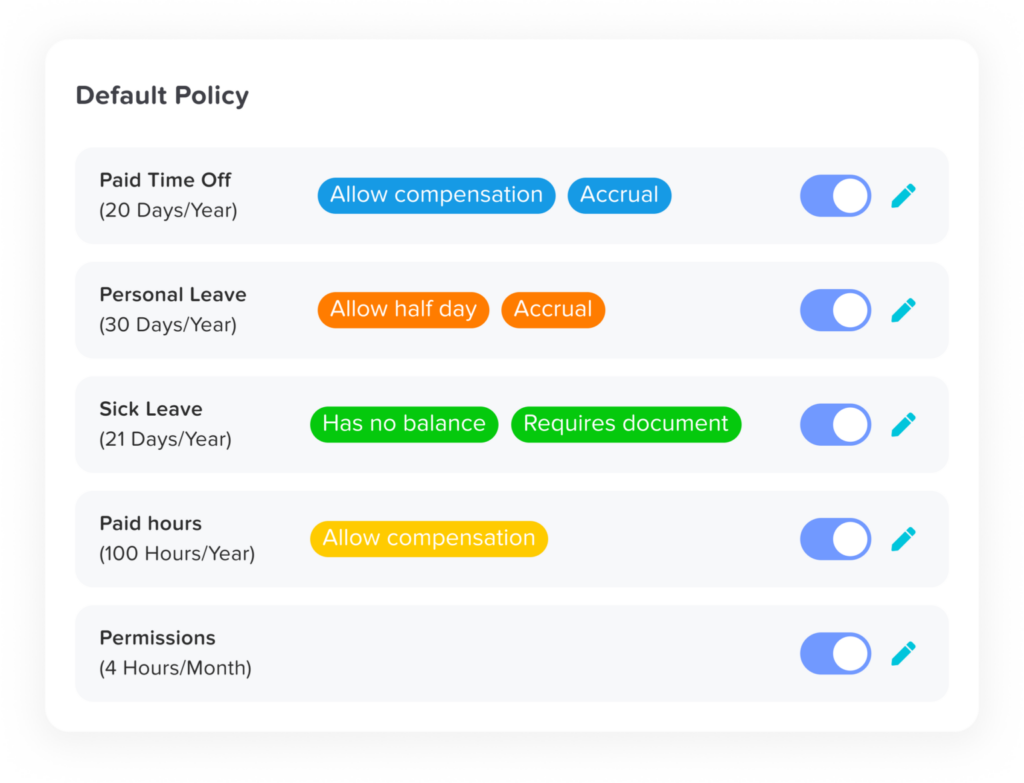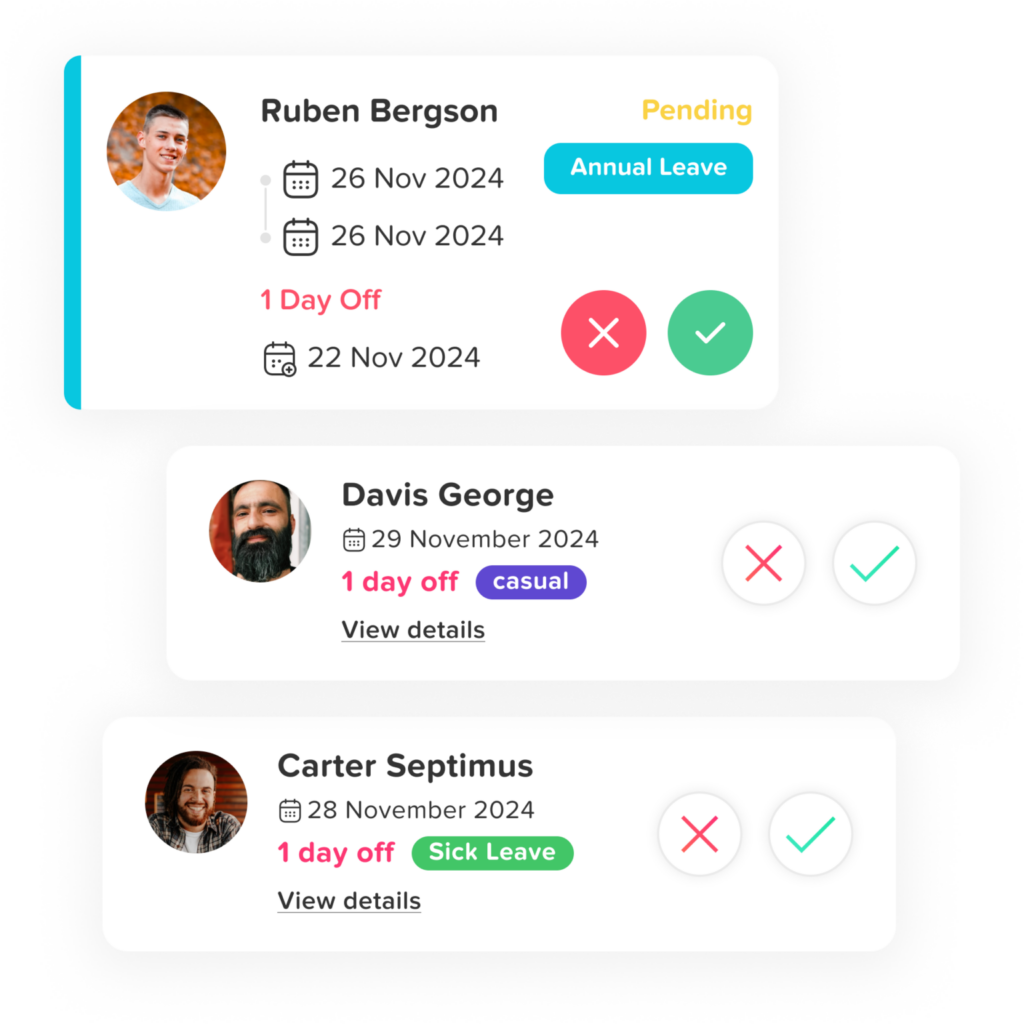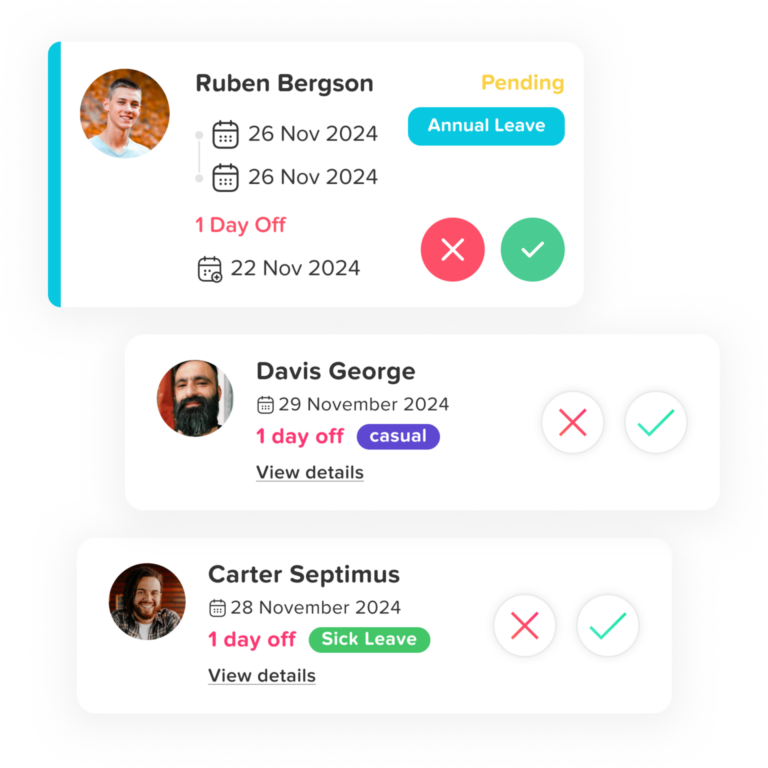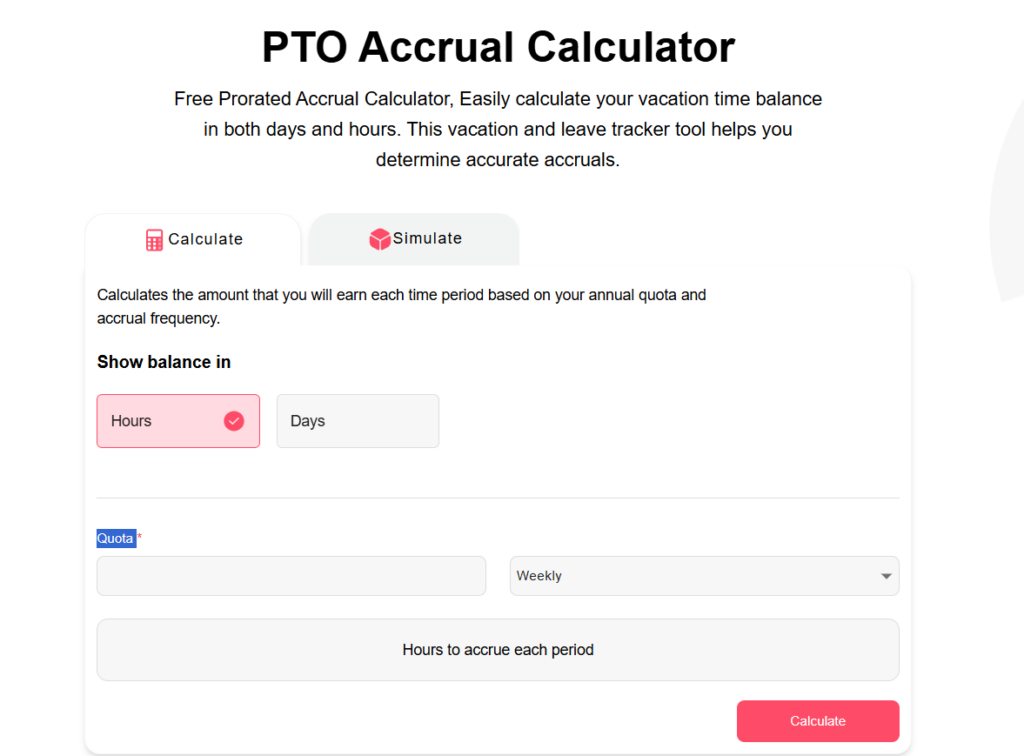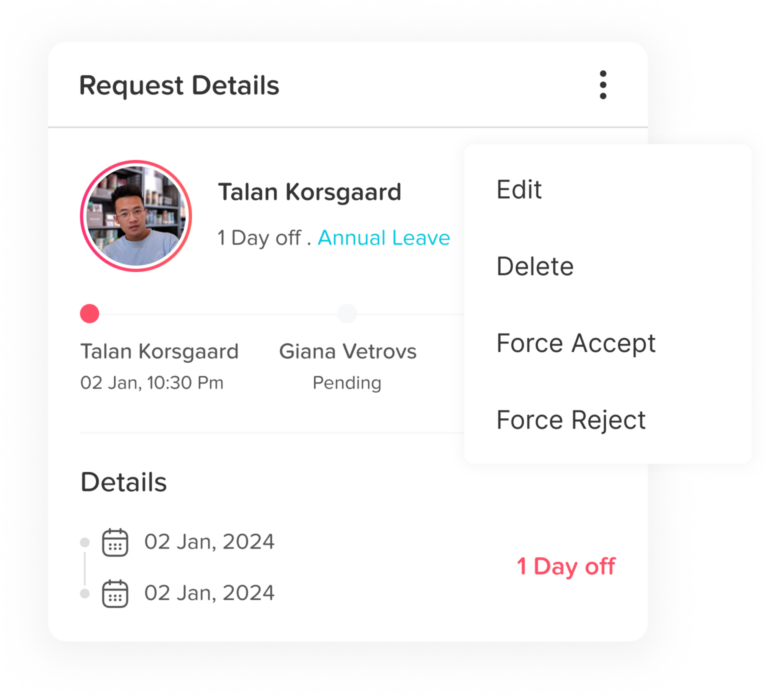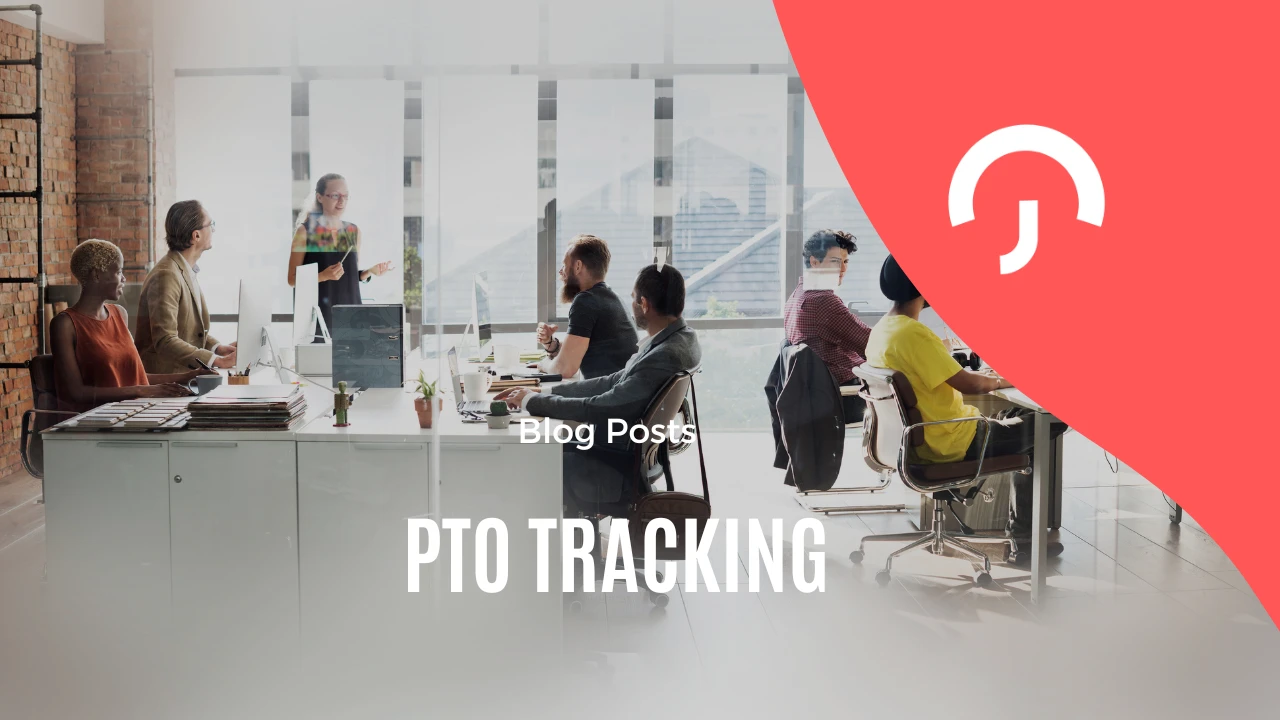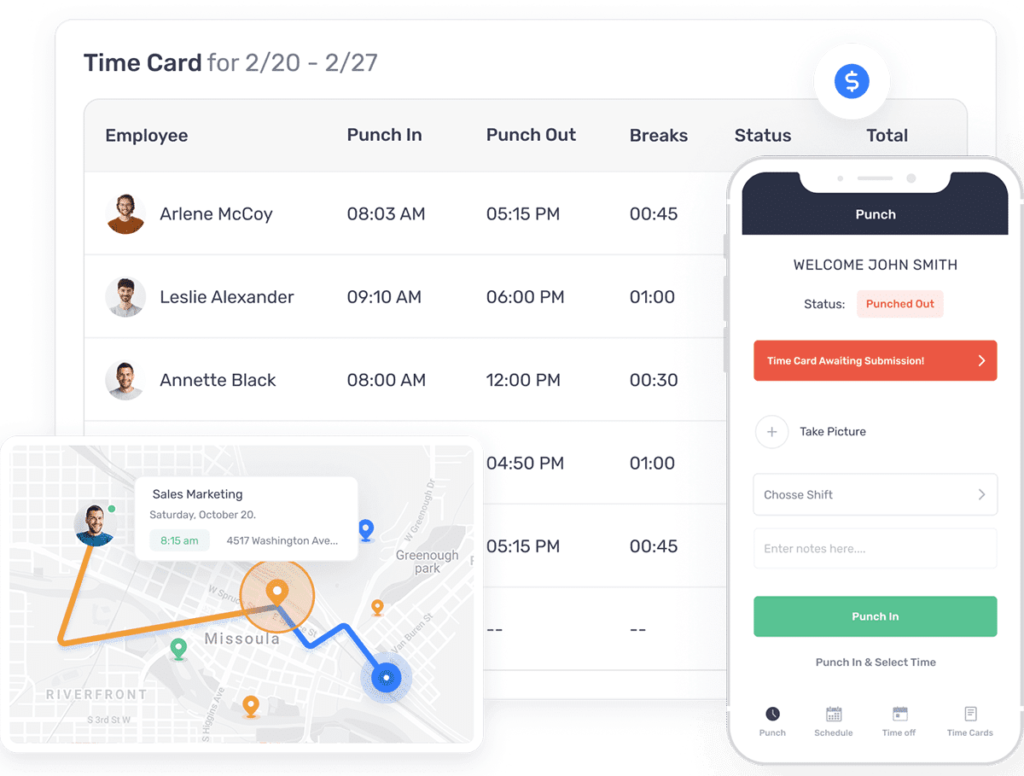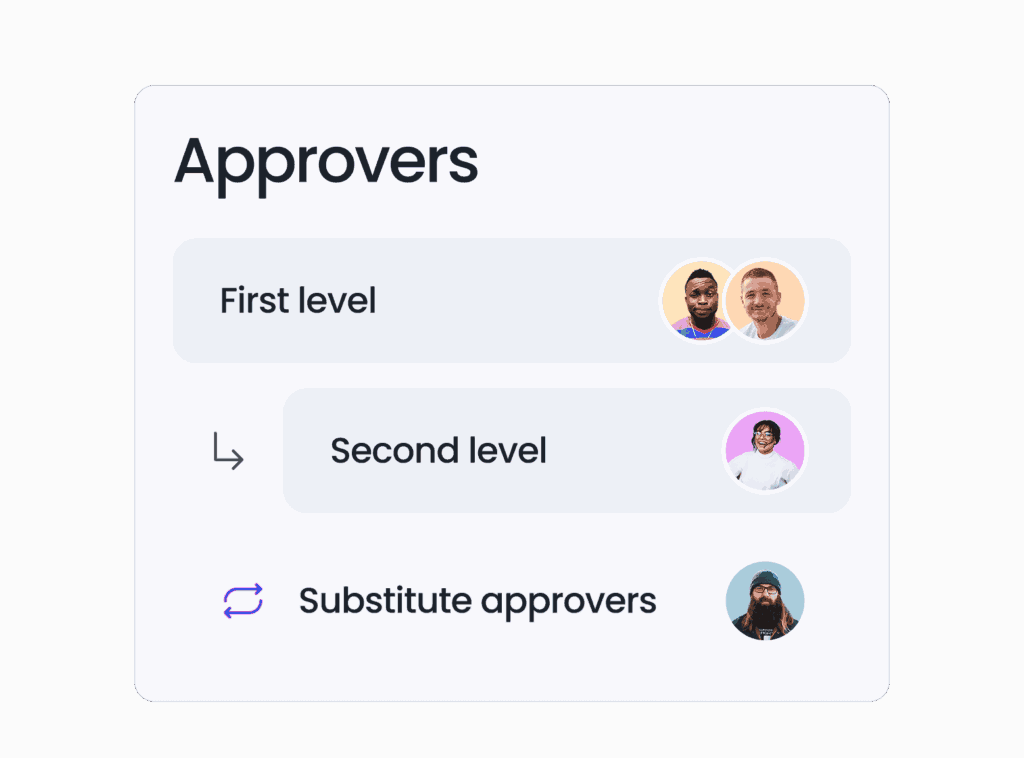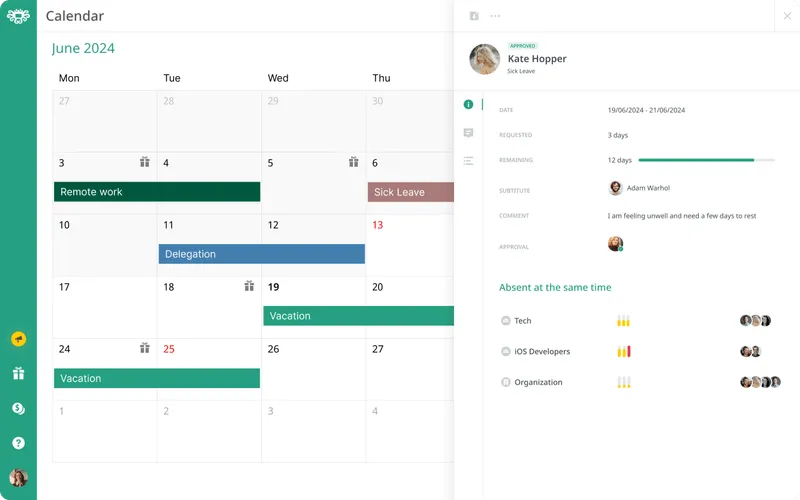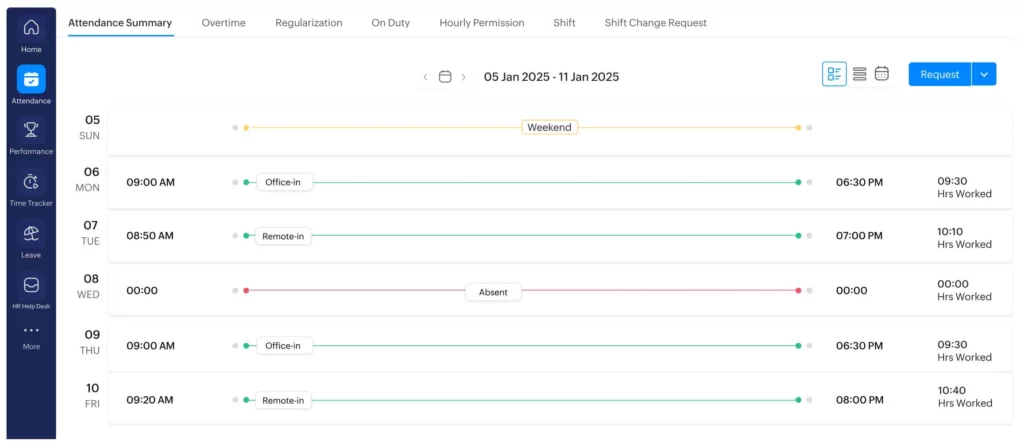Taking time off is a normal and healthy part of working life. Whether it’s for a family event, a short vacation, a mental health break, or an unexpected emergency, stepping away from work allows you to recharge and come back refreshed. However, the way you request time off can have a big impact, not only on whether it gets approved, but also on how your manager and coworkers perceive your professionalism.
A thoughtful, well-timed request shows respect for your team and the company’s workflow. On the other hand, a last-minute or unclear request can cause confusion, create extra stress for others, or even strain workplace relationships.
This guide walks you through the essential do’s and don’ts of time off requests, so you can navigate the process confidently, respectfully, and smoothly.
The Do’s of Time Off Requests
Understand Your Company’s Time Off Policy
Before you submit a request, take a few minutes to review your company’s official policy. Every organization handles time off a little differently, so it’s important to know the rules before you ask.
Look into details such as:
How much paid and unpaid leave you’re entitled to each year
How leave is accrued (monthly, annually, or based on hours worked)
Whether unused days roll over into the next year
How much notice is required for different types of leave
Any blackout dates or busy periods when time off may not be approved
For example, some companies only allow paid time off after a 90-day probation period. Others might require that all requests go through an HR management system such as Day Off, BambooHR, or Workday. Knowing these details helps you avoid confusion and makes your request easier to approve.
Plan Ahead Whenever Possible
Planning ahead shows professionalism and consideration for your team. It gives your manager enough time to review workloads, find coverage, and make sure everything runs smoothly while you’re away.
Here’s a good general rule for how much notice to give:
Single day off: 5–7 business days in advance
Long weekend (2–3 days): At least 2 weeks in advance
One week or longer: 3–4 weeks’ notice or more
Of course, emergencies happen and can’t always be planned. But when you can plan, giving advance notice makes the entire process smoother for everyone involved.
Use the Proper Tools or Channels
Always follow your organization’s preferred process for submitting time off requests. This keeps everything organized and ensures your request is tracked officially.
Depending on your workplace, you might:
Submit through an HR system like Day Off or Workday
Fill out a form on your company’s intranet
Send a written request to your manager via email
Use a communication tool (like Slack) but follow up with an official confirmation
Avoid relying only on casual conversations, for example, saying “Hey, I’m thinking of taking next Friday off” in passing. Without a formal record, it’s easy for these requests to get forgotten or misunderstood.
Communicate Clearly and Professionally
When requesting time off, use a polite, professional tone. Be direct about what you’re asking for, and include all relevant details. You don’t have to over-explain, but clarity is key.
Example Email:
Subject: Time Off Request (August 15–19)
Hi [Manager],
I’d like to request time off from Monday, August 15 through Friday, August 19 for personal reasons. Please let me know if these dates work or if you’d prefer that I adjust based on the team’s schedule. I’m happy to coordinate with others to make sure everything is covered before I go.
Thank you for your time and understanding.
Best regards,
[Your Name]
A short, polite email like this makes your request easy to understand and respond to.
Coordinate With Your Coworkers
Before finalizing your request, check in with teammates you regularly collaborate with. Make sure your absence won’t leave critical gaps in coverage or delay ongoing projects.
Some best practices:
Share your plans early. Let colleagues know your intended dates.
Create a coverage plan. Assign temporary responsibilities if needed.
Leave clear instructions. Provide notes, documents, or handover lists for whoever will be covering you.
Set expectations. Clarify whether you’ll be reachable or completely offline during your time off.
This small step goes a long way in maintaining trust and keeping the team running smoothly.
Confirm and Document Approval
Never assume your request has been approved until you have written confirmation, either through your HR system, email, or another official channel. Once it’s confirmed, save a copy for your records.
If your company uses shared calendars, add your approved time off so the team is aware of your absence.
Be Considerate of the Team Schedule
Take a look at the team calendar or workload before choosing your dates. If several team members are already scheduled to be off, consider adjusting your request to avoid overlap. Flexibility and awareness of others’ commitments show maturity and respect for the team’s needs.
Prepare an Out-of-Office Plan
Before you leave, set yourself and your coworkers up for success. A good out-of-office plan should include:
Turning on your out-of-office email reply
Completing any urgent tasks ahead of time
Delegating responsibilities to others
Preparing clear instructions or notes for those covering your duties
This ensures that work continues smoothly, and you can truly relax during your time off without worrying about unfinished business.
The Don’ts of Time Off Requests
Don’t Wait Until the Last Minute
Unless it’s a genuine emergency, avoid asking for time off at the last moment. Last-minute requests can make it difficult for managers to rearrange schedules or find coverage, and they can give the impression that you don’t plan ahead.
For example, saying “Hey, can I take tomorrow off?” might seem harmless, but it can disrupt workflow, especially if others depend on your work.
Don’t Disappear Without Communication
Never assume your request is “probably fine” if you haven’t received a clear response. Leaving without official approval can create confusion, cause delays, and damage your professional reputation. Always confirm and communicate, even for short absences.
Don’t Be Vague or Misleading
Honesty is always the best policy. You don’t have to share personal details, but be clear about your timeline and intentions. Saying “I just need a few days” without specifying dates or context can frustrate your manager and lead to scheduling conflicts. Clear, simple communication helps everyone plan better.
Don’t Expect Special Treatment
Even if you’ve been with the company for a long time, avoid assuming your request will automatically be approved, especially during busy periods. Your absence affects others, so be respectful of workloads and deadlines. Fairness and flexibility go both ways.
Don’t Ignore the Timing
Think about what’s happening at work before making your request. Asking for time off right before a big deadline, product launch, or audit can put extra pressure on your team. If possible, schedule your time off after key milestones or offer to complete extra work in advance.
Don’t Use Sick Days for Personal Time
If your company offers PTO or mental health days, use those appropriately. Misusing sick leave for non-health reasons can create trust issues and even violate company policy. It’s better to be upfront and request personal leave than to risk damaging your credibility.
Don’t Forget to Update Shared Calendars or Tools
Even after your request is approved, make sure your absence is visible to everyone who needs to know. Add it to shared calendars or communication tools so your team can plan meetings, projects, and deadlines around your schedule.
Why a Smooth Time Off Process Matters
A well-organized time off process benefits everyone:
Employees get the rest they need to maintain work-life balance and prevent burnout.
Managers can plan workloads and maintain productivity without last-minute surprises.
Teams enjoy a sense of fairness and clear communication, which improves morale and collaboration.
Using a dedicated tool like Day Off can make this process even simpler, with automatic approval flows, team calendars, and clear visibility into who’s off and when.
FAQs About Time Off Requests
How far in advance should I request time off?
It’s best to plan ahead as much as possible. For longer vacations or extended breaks, try to give 2–4 weeks’ notice so your manager has enough time to plan coverage and adjust workloads.
If you only need a single day off, 5–7 business days of notice is usually fine.
Some companies have specific deadlines for submitting requests, for instance, all vacation requests for the holidays might be due by a certain date, so it’s a good idea to double-check your company’s policy or HR handbook before submitting your request.
What should I include in a time off request email?
A well-written time off email should be short, polite, and to the point. It’s not about giving long explanations, but about providing clarity. Make sure to include:
The exact dates (and times, if partial days) of your absence
A brief reason if relevant (e.g., “family event” or “personal time”)
An offer to help with coverage or handover before you go
A courteous closing line thanking your manager for their consideration
Here’s an example:
Hi [Manager],
I’d like to request time off from [start date] to [end date] for personal reasons. Please let me know if these dates work or if adjustments are needed. I’ll make sure all my responsibilities are covered before I’m away.
Thank you for your understanding,
[Your Name]
Can my manager deny my time off request?
Yes, managers can decline requests under certain circumstances, and it doesn’t necessarily mean you’ve done something wrong. Common reasons include:
The dates conflict with important deadlines or company events
Multiple team members are already scheduled to be off
You haven’t provided enough notice
You’ve exceeded your available leave balance
If your request is denied, ask for feedback and suggest alternative dates. Being flexible shows professionalism and makes it more likely your next request will be approved.
Do I have to explain why I’m taking time off?
You don’t have to share personal details if you’re not comfortable. Simply saying it’s for “personal reasons” is completely acceptable.
That said, offering a short, general reason, such as “family commitment,” “medical appointment,” or “travel plans”, can sometimes make approval easier because it helps your manager understand the context.
Remember: transparency builds trust, but your privacy still matters.
What’s the difference between vacation time, PTO, and sick leave?
These terms are often used interchangeably, but they mean slightly different things:
Vacation time: Pre-planned days off for rest, travel, or leisure.
PTO (Paid Time Off): A flexible system that combines vacation, personal, and sick days into one pool of paid leave.
Sick leave: Specific days set aside for health-related absences, such as illness, medical appointments, or recovery time, sometimes requiring a doctor’s note.
Knowing how your company classifies time off helps you choose the right type when making a request.
What if I have an emergency and can’t give advance notice?
Life happens, unexpected emergencies are part of being human. If you need to take time off suddenly due to illness, a family emergency, or another urgent matter:
Contact your manager right away. A quick phone call or message is best in urgent cases.
Provide a brief explanation and, if possible, an estimated return date.
Follow up later with any required documentation or a formal HR request once things settle.
Most managers are understanding when it’s a genuine emergency, clear and timely communication makes all the difference.
Is it okay to request time off shortly after starting a new job?
It depends on your company’s policy. Many organizations have a probationary period (typically 30–90 days) during which new employees are expected to avoid taking non-essential leave.
However, if you had pre-planned travel or family events that you disclosed during your interview process, most companies will honor those arrangements. The key is transparency, giving your manager advance notice and context from the start.
How can I keep track of my remaining time off?
Keeping track of your remaining leave balance helps you plan responsibly. Most modern workplaces use HR software or apps that show your available PTO, pending requests, and approved leaves in real time.
Tools like Day Off, BambooHR, or Workday make this process simple and transparent. You can also keep a personal record in your calendar to avoid confusion, especially if your company’s system updates monthly.
What should I do if my time off overlaps with a coworker’s?
If your requested dates clash with another teammate’s, try to discuss it early before it becomes an issue. Collaboration and flexibility are key here.
Talk to your manager and see if:
You can shift your dates slightly
Some tasks can be rescheduled
Coverage can be arranged between you and your teammate
When you show willingness to cooperate, managers are far more likely to find a solution that works for everyone.
Can I take unpaid time off if I’ve used all my PTO?
Yes, in most companies, you can request unpaid leave once you’ve exhausted your paid time off, but it’s always subject to managerial approval.
If you find yourself in this situation, be upfront about it. Explain why you’re asking for unpaid leave and assure your manager that you’ve considered the timing carefully.
Managers are usually more accommodating when you communicate clearly and give them plenty of notice to plan for your absence.
Final Thoughts
Requesting time off isn’t just about taking a break, it’s about maintaining a healthy, sustainable work-life balance while showing respect for your team and organization. When done thoughtfully and professionally, it strengthens trust, improves morale, and keeps everyone on the same page.


